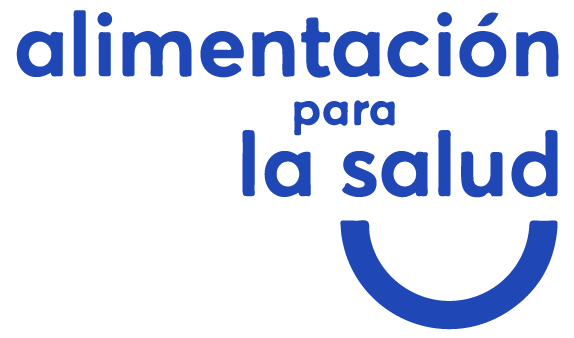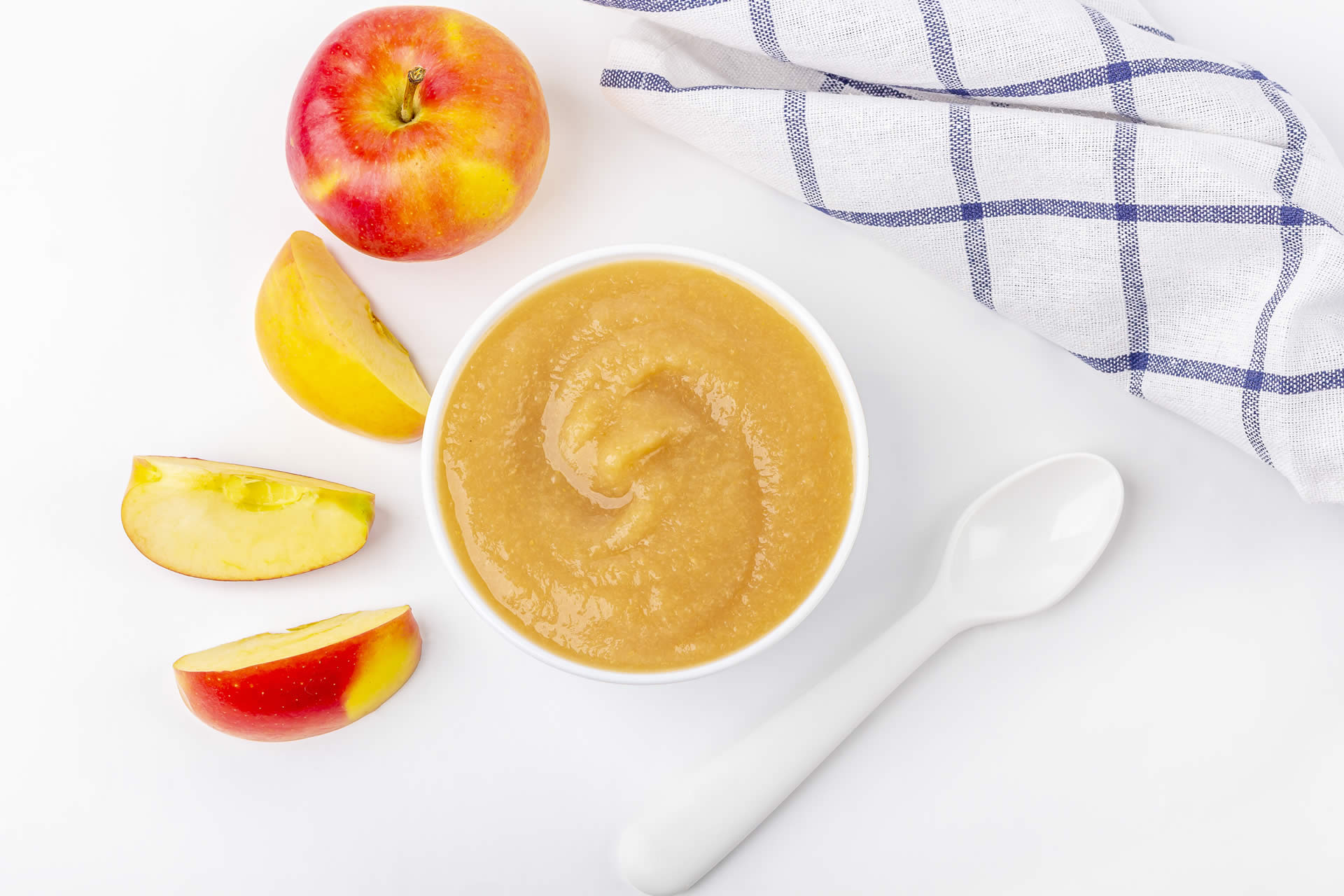Autores: Brittany J Morison, Rachael W Taylor, Jillian J Haszard, Claire J Schramm, Liz Williams Erickson, Louise J Fangupo, Elizabeth A Fleming, Ashley Luciano, Anne-Louise M Heath1
Objectives: To compare the food, nutrient and ‘family meal’ intakes of infants following baby-led weaning (BLW) with those of infants following a more traditional spoon-feeding (TSF) approach to complementary feeding.
Study design and participants: Cross-sectional study of dietary intake and feeding behaviours in 51 age-matched and sex-matched infants (n=25 BLW, 26 TSF) 6–8 months of age.
Methods: Parents completed a questionnaire, and weighed diet records (WDRs) on 1–3 non-consecutive days, to investigate food and nutrient intakes, the extent to which infants were self-fed or parent-fed, and infant involvement in ‘family meals’.
Results: BLW infants were more likely than TSF infants to have fed themselves all or most of their food when starting complementary feeding (67% vs 8%, p<0.001). Although there was no statistically significant difference in the large number of infants consuming foods thought to pose a choking risk during the WDR (78% vs 58%, p=0.172), the CI was wide, so we cannot rule out increased odds with BLW (OR, 95% CI: 2.57, 0.63 to 10.44). No difference was observed in energy intake, but BLW infants appeared to consume more total (48% vs 42% energy, p<0.001) and saturated (22% vs 18% energy, p<0.001) fat, and less iron (1.6 vs 3.6 mg, p<0.001), zinc (3.0 vs 3.7 mg, p=0.001) and vitamin B12 (0.2 vs 0.5 μg, p<0.001) than TSF infants. BLW infants were more likely to eat with their family at lunch and at the evening meal (both p≤0.020).
Conclusions: Infants following BLW had similar energy intakes to those following TSF and were eating family meals more regularly, but appeared to have higher intakes of fat and saturated fat, and lower intakes of iron, zinc and vitamin B12. A high proportion of both groups were offered foods thought to pose a choking risk.







